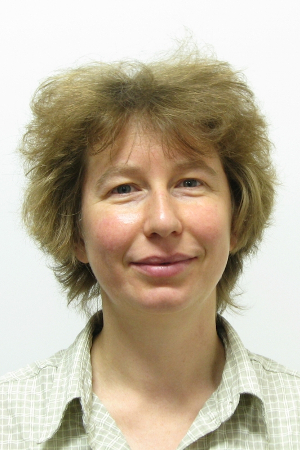Joni Dambre

Joni Dambre
tel.: +32 9 264 34 09
research unit: Internet Technology and Data Science Lab (IDLab)
Joni Dambre has a MSc in Electrical Engineering and a PhD in Computer Science Engineering from Ghent University. After doing PhD and postdoc research in topics related to digital hardware (circuits design, design automation), she made a successful career shift towards machine learning and neural networks in 2008, obtaining a 10% professorship (UGent). In 2013, she became a full-time tenured professor (hoofddocent). Her research group (now called AIRO) covers a broad spectrum of interconnected topics related to machine learning, deep learning and embedded implementations thereof, robotics and brain-inspired unconventional computing. Under her lead, the team combines foundational and applied research. A thorough hands-on applied knowledge is being maintained through the team’s successful track record in Kaggle competitions
Keywords: Machine learning, deep learning, embedded AI, post-Von Neumann computing, brain-inspired computing
- Rotation-invariant convolutional neural networks for galaxy morphology prediction, S Dieleman, KW Willett, J Dambre, Monthly notices of the royal astronomical society 450 (2), 1441-1459, 2015
- Deep dynamic neural networks for multimodal gesture segmentation and recognition, D Wu, L Pigou, PJ Kindermans, NDH Le, L Shao, J Dambre, JM Odobez, IEEE transactions on pattern analysis and machine intelligence 38 (8), 1583-1597, 2016
- Beyond temporal pooling: Recurrence and temporal convolutions for gesture recognition in video, L Pigou, A Van Den Oord, S Dieleman, M Van Herreweghe, J Dambre, International Journal of Computer Vision 126 (2-4), 430-439, 2018
- Towards improved design and evaluation of epileptic seizure predictors, I Korshunova, PJ Kindermans, J Degrave, T Verhoeven, BH Brinkmann, J Dambre, IEEE Transactions on Biomedical Engineering 65 (3), 502-510, 2018
- Optoelectronic systems trained with backpropagation through time, M Hermans, J Dambre, P Bienstman, IEEE transactions on neural networks and learning systems 26 (7), 1545-1550
